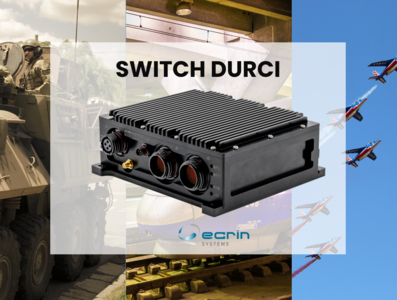
Guides
Filter articles:

Guides

Breaking News

Jobs
Spontaneous application
9/5/25

Breaking News

Guides

Guides
What is TPM 2.0?
7/1/25

Guides
What is a Ruggedized Switch?
6/1/25

Guides

Guides

Breaking News

Breaking News

Breaking News

Breaking News
ECRIN Systems notified ECOVADIS
7/25/24

Breaking News

Breaking News

Jobs

Breaking News

Breaking News

Breaking News

Breaking News

Breaking News




